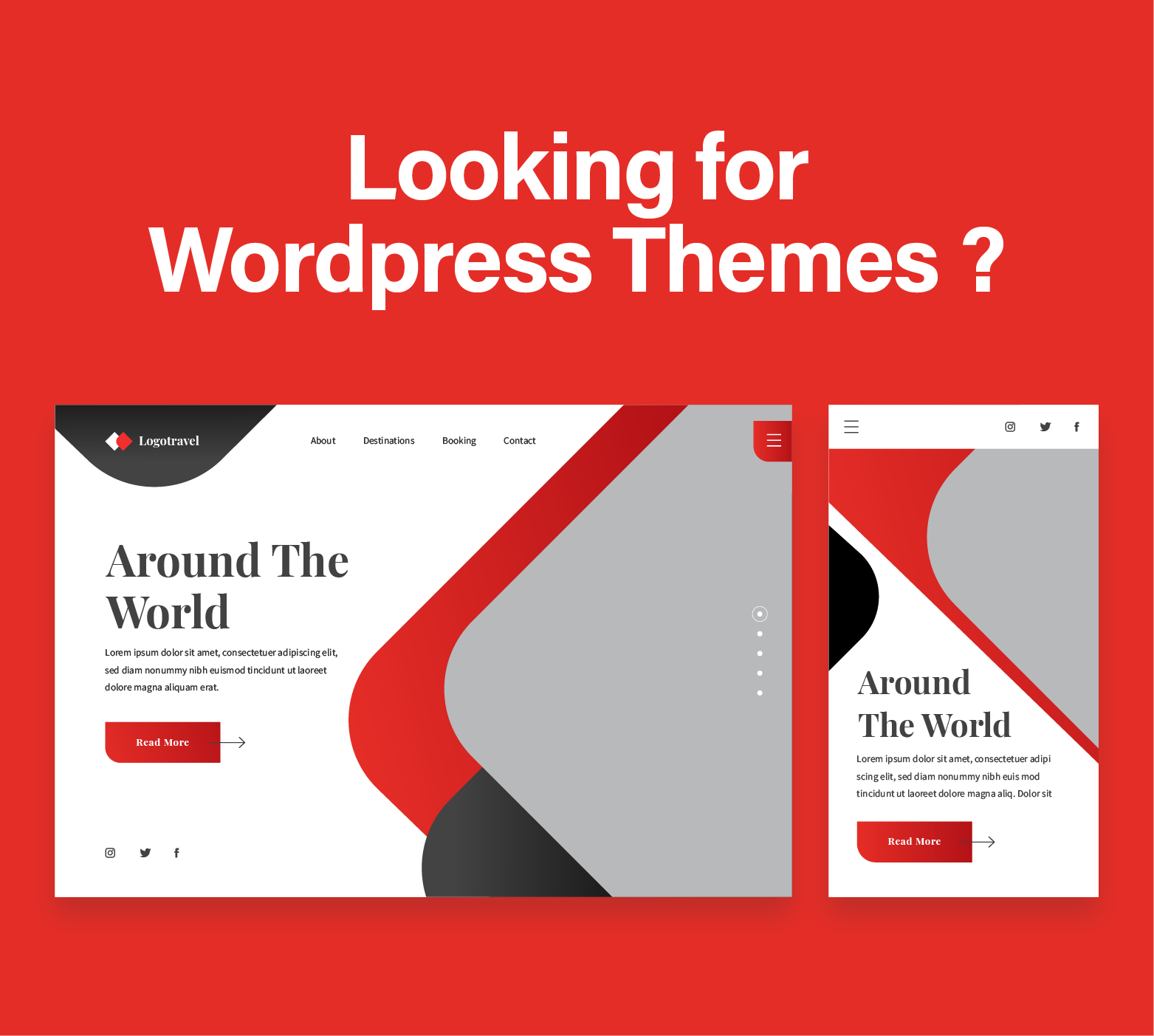When choosing a platform to build your website, two popular options are WordPress and Webflow. Both platforms offer unique features and serve different user bases, but they approach web design and development in distinct ways.
WordPress is a widely used content management system (CMS) with a huge ecosystem of plugins and themes, while Webflow is a visual web design tool with an emphasis on creative freedom and code cleanliness. In this post, we’ll compare WordPress and Webflow to help you decide which platform is best for your website in 2024.
Do you need to build a website quickly ? Why not check our web design packages for affordable pricing and super quality work. Get in touch with us today and lets have a call.
1. Ease of Use
WordPress is well known for its user-friendly interface and ease of use for beginners. The platform allows non-technical users to build and manage websites without needing to code, thanks to its vast selection of themes and plugins. However, to fully unlock its potential, users often need to rely on third-party plugins or custom code, which can introduce complexity for those without technical expertise.
Webflow offers a completely visual approach to web design. The platform is built for designers who want to have control over the design process without writing code. Webflow’s visual editor allows you to create professional websites by manipulating elements like CSS and HTML in a drag-and-drop interface. It does, however, require a learning curve for new users due to its advanced design tools.
2. Design and Customization
WordPress offers a vast range of customizable themes and plugins, making it highly flexible for building various types of websites. However, the more customization you need, the more dependent you become on plugins or custom code, which can sometimes cause performance issues or conflicts between plugins.
Webflow, on the other hand, is designed to give you complete control over the look and feel of your website. You can create pixel-perfect designs and tailor each page exactly as you want it. Unlike WordPress, Webflow generates clean, semantic code that’s highly customizable without the need for external plugins. This makes it an ideal solution for users who prioritize design and want full creative control over their site.
3. Speed and Performance
WordPress can be fast, but its performance largely depends on the theme you use, the number of plugins installed, and your hosting environment. WordPress sites can become slow if they rely too heavily on plugins or if they are not properly optimized with caching, CDN, and performance tweaks.
Webflow stands out in performance because it generates clean HTML, CSS, and JavaScript. It is hosted on its own servers, which are optimized for speed. Webflow also has built-in tools for image optimization, minification of code, and other features that contribute to faster page loading times without the need for third-party plugins.
4. SEO Features
WordPress offers a wide variety of SEO plugins, such as Yoast SEO and All in One SEO, which help users optimize their content for search engines. However, users are responsible for ensuring that their site’s code and performance are optimized for SEO, which can be more complex if multiple plugins or themes are used.
Webflow comes with built-in SEO tools that make it easy to optimize every aspect of your website. The platform allows you to control meta tags, URLs, and alt texts without needing external plugins. Additionally, Webflow’s clean code generation can give you a slight edge in SEO performance because there’s no plugin bloat or unnecessary code to slow down the site.
When it comes to webflow seo vs wordpress we can say that wordpress is much easier to use from the SEO perspective because you have so many free plugins available that enhance your SEO game. Plugins like: SEO yoast, all in one SEO, and others.
5. Cost
WordPress is open-source and free, but you will need to pay for hosting, premium themes, and plugins. For basic websites, the cost can be kept relatively low, but for more complex projects, costs can add up as you add premium tools, a good hosting provider, and professional development support.
Webflow offers a range of pricing plans based on the number of projects and features you need. It includes hosting within its pricing plans, but the cost tends to be higher compared to a basic WordPress setup. However, for users who prioritize design flexibility and don’t want to deal with external hosting, Webflow can be a more streamlined option.
Conclusion: WordPress or Webflow?
If you want a powerful, flexible platform with a vast array of themes and plugins, WordPress is a great choice. It’s particularly well-suited for blogs, e-commerce, and any type of website that needs regular content updates. However, it does require more maintenance and can be harder to manage when using multiple plugins.
If you’re a designer or a creative professional looking for complete control over your website’s design without worrying about writing code, Webflow might be the better choice. It offers a visual design experience and generates clean code, making it ideal for design-forward projects.
Frequently Asked Questions (FAQ)
Can Webflow replace WordPress?
In some cases, yes. Webflow can replace WordPress for users who prioritize design control and want to avoid relying on third-party plugins. Webflow is also a good choice for designers who prefer a visual, code-free building experience. However, for large websites or those requiring extensive plugin functionality (e.g., e-commerce, forums), WordPress may still be the better option.
Is Webflow better than WordPress in 2024?
It depends on your needs. Webflow is better for those who prioritize design flexibility, performance, and clean code without the need for plugins. In contrast, WordPress remains superior for users who need extensive functionality through plugins, such as e-commerce (via WooCommerce), membership sites, and blogging. WordPress also has a larger ecosystem and community support.
Why switch from WordPress to Webflow?
Switching to Webflow makes sense if you’re looking for more design freedom, cleaner code, and a more visual approach to building your site. It’s particularly beneficial for designers and creative professionals who want more control over every element of their site without needing to manage complex plugins, hosting, or performance optimizations.
Can you transfer a WordPress site to Webflow?
Yes, but it’s not an automatic process. To transfer a WordPress site to Webflow, you’ll need to manually rebuild your content and design. Webflow does not have an import feature that directly migrates content from WordPress, so transferring complex sites can take time and effort.








